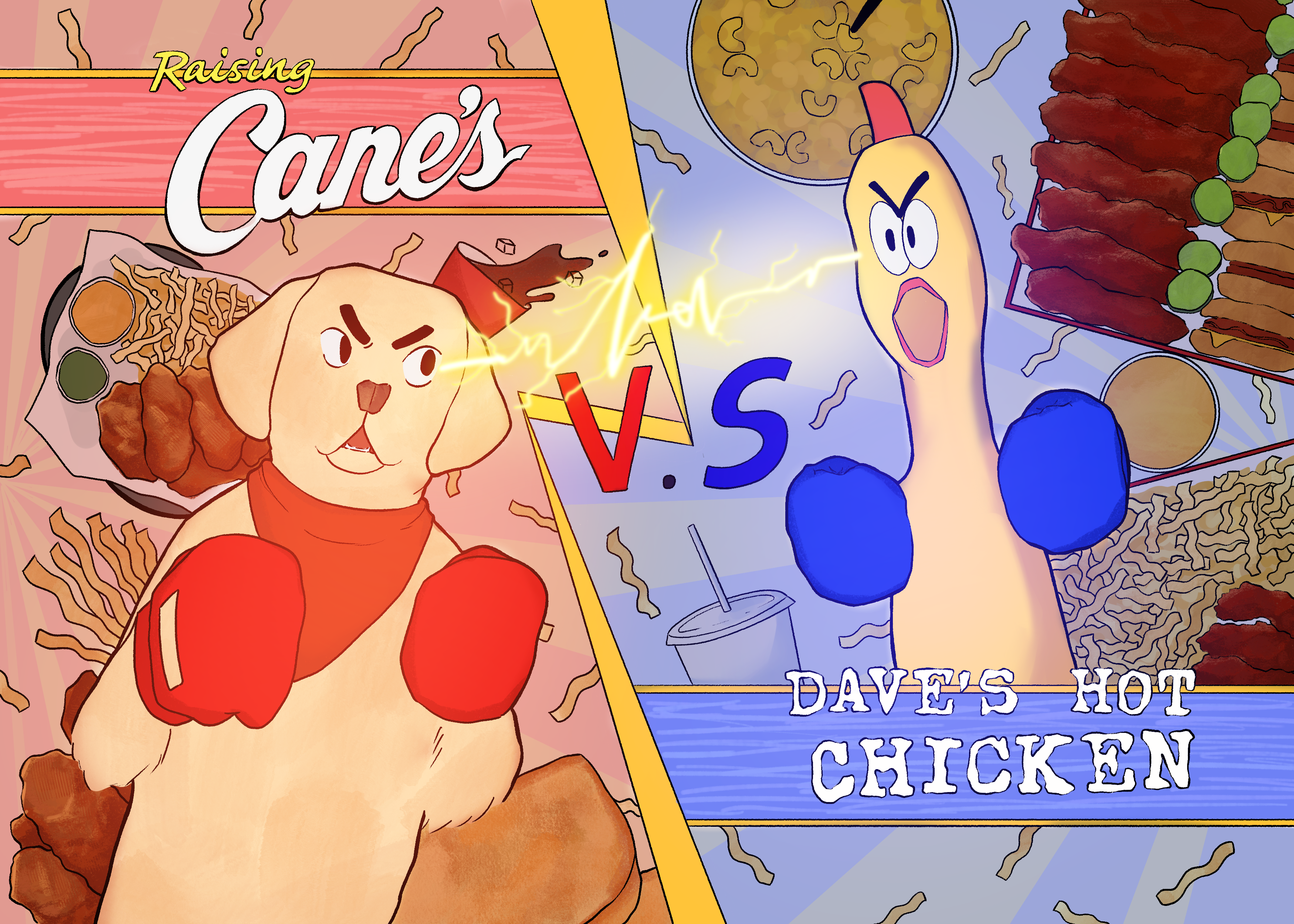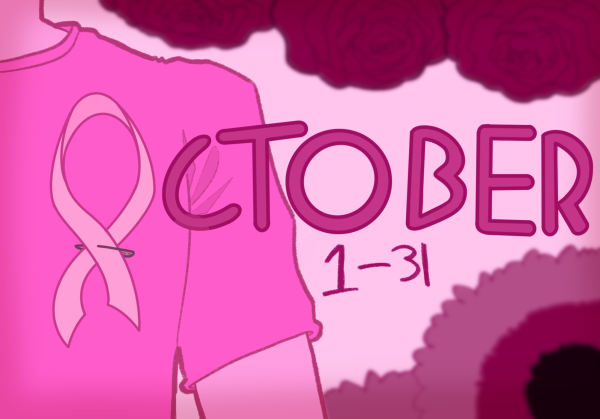Food for thought: Reducing water footprint with our diets
Read along as writer Beatrice Barnes explores the science of water consumption and food production, as well as the actions one can take to reduce their water footprint.
March 16, 2023
It’s easy to be aware of the water we use for tasks like showering and watering the lawn, but when was the last time you thought about how much water it took to put food on your plate? The average person eats between 500 and 1300 gallons of water daily. The food we eat is responsible for the largest percent of our water footprint, which “is the amount of water you consume in your daily life, including the water used to produce the food you eat,” according to the Water Footprint Network.
Drought is a pressing issue in California, and we are witnessing the effects of water scarcity here in Ventura County. For the majority of the year, our hills are dry and barren, and we have become accustomed to the devastation of wildfires. Furthermore, the inevitable risk of drinking water shortages are ever-tangible as we watch the water levels at Lake Casitas steadily decline.
Kiersten Falat ‘23 expresses that “[water scarcity] is an unsettling thought. I mean, you often hear about how increasingly urgent climate change is becoming, but it doesn’t really start to materialize until it affects you and your own community.” These realities can feel overwhelming, but making a positive impact is simpler than you may think.
Certain foods have a much higher water footprint than others, so by making conscious dietary choices, we have the ability to significantly reduce our personal footprint. Florencia Ramirez, author of “Eat Less Water” and a climate activist, explains that “A slice of bread has the water footprint of 11 gallons of water, but a pound of beef has the water footprint of 1800 gallons of water.” Animal products use drastically more water to produce than plant-based products, but why?
Animals are higher on the food chain than plants, so their water footprint takes into account the water used to grow the plants they graze on throughout their lifetimes. Larger animals, like cows, take longer to raise than smaller animals, like chickens, so beef has a larger water footprint because of the increased time and resources it takes to cultivate. For some perspective, it takes 468 gallons of water to produce chicken, compared to the 1800 gallons beef requires.
Even though some meats are more water-efficient than others, incorporating more plant-based foods into your diet is the most effective way to reduce your water footprint. One pound of lettuce is equivalent to just 10 gallons of water, one tomato is 13 gallons and an apple is 33 gallons. One pound of soybeans uses 224 gallons, which may seem like a lot in comparison to fruits and vegetables, but it uses far less water than meat while still being an excellent source of protein.
An exception to the generally low water footprint of plant-based foods is chocolate, which actually has a higher footprint than beef. This may seem obscure, but cacao beans, which are used to make chocolate, require an astonishing 7,727 gallons of water for every pound grown. We are unable to grow cacao in California because of its colossal water requirements, so it is primarily grown with pesticides in the tropics. The large-scale use of pesticides for cacao production causes water pollution in the tropics from the massive amounts of contaminated runoff, which ultimately leads to the issue of water scarcity in these already impoverished areas.
“Water scarcity is caused by two things,” Ramirez explains. “One is not having enough water to begin with, which is the issue we have here in the west with droughts, for example, or using our groundwater too quickly. And the other reason for water scarcity is when you have a tremendous amount of water … but if it’s polluted it’s of no use.”
This is not to say that you should never eat chocolate if you care about reducing your water footprint. Next time you buy a chocolate bar, opt for an organic brand to ensure the cacao was grown without water-polluting pesticides.
As for animal products, some people choose to eliminate them all together by following a vegetarian or vegan diet. Although this is one method of reducing your personal water footprint, it is not the only solution. Animals raised on massive conventional farms are often overgrazed, which damages the soil. Healthy, fertile soil allows plants to more efficiently utilize water, which is why damaged soil requires even more water. Additionally, these industrial farms are large contributors to water pollution because of their manure runoff. To combat these problems, make an effort to either buy organic meat and dairy, or better yet, buy from your local farmers’ market.
“Small scale farms … are more intentional. They’re going beyond the organic guidelines and rotating their animals on pastures so they aren’t overgrazing. They’re not cutting down any trees; they are building a symbiotic relationship with the animal and the soil,” Ramirez shares.
When it comes to making food choices to save water, it’s about making a conscious effort, not absolute perfection. Even just one vegetarian meal, organic chocolate bar or trip to the farmers’ market can be impactful. The Ventura County Certified Farmers’ Markets (VCCFM) even accepts Electronic Benefit Transfer (EBT) food stamps, to make these sustainable food options accessible to everyone.
“It’s so important for us to shop at farmers’ markets,” Ramirez finishes. “We’re supporting farmers who are taking extra steps so that they can bring us good, nutritious food and they are saving water. They’re drawing down carbon, they’re doing so many things. They truly are at the forefront of this movement.”
















